Construction Cost
Construction cost estimating is the process of forecasting construction costs and defining a project’s overall financial scope and feasibility for contractors and the customer.
A construction cost estimation advises:
- project owners on forecasted construction costs so they can plan a proposed project’s budget.
- builders on costs associated with a project, allowing them to assess their potential profit.
Project managers work with engineers and architects to draft an estimation.
Drafting along with other potential client costs will form the base of a project’s estimation.
Estimates allow customers and builders to be aware of costs associated with finishing a project, making accuracy paramount.
Estimating occurs typically at the beginning of a project when the construction design phase is near its end.
The quality of cost estimation depends on the following:
- A Projects design and plan quality
- The experience and skill of the estimator
- Quality of procedure and tools being utilized by contractor

KEY ELEMENTS OF A CONSTRUCTION COST ESTIMATE
- Quantity Take-off: Made during the pre-construction phase – measures materials and labour needed to complete a project. Take-offs are measured on a floor plan.
- Material prices: The cost of materials need to be estimated as they can be affected by market demand or supply issues (like timber shortages), inflation, or other seasonal variables. Estimates can be made from previous projects and prices while considering the current market and unique features of the project.
- Equipment costs: Refers to the cost of running or renting heavy machineries such as cement mixers and cranes.
Subcontractor quotes: Contractors often hire multiple specialist subcontractors to complete parts of a construction project. - Prime costs (PC): Refers to a manufactured product’s costs, generally not decided on at the time of contract signing. Often allowances are made for this before deciding on the brand/model.
- Provisional costs: Refers to works that are varying in nature or hard to be estimated at a fixed price.
- Profits: estimators will add a profit margin when working out the potential cost of completing a project.
- Contingencies: The estimate is likely to be affected by unforeseeable factors, such as material wastage; an estimate will typically have a predetermined sum of money built into it for such potential added costs.
REFERENCES
Construction cost estimating: The basics and beyond. (n.d.). Retrieved February 14, 2021, from https://www.smartsheet.com/construction-cost-estimating
Deptartment of Infrastructure, Regional Development and Cities. (2018). Cost Estimation Guidance Note – Overview. Canberra: Commonwealth of Australia.
RMIT. (2019). ME-M8-0720: Maker Immersion Project – Plans and specifications. Melbourne.
